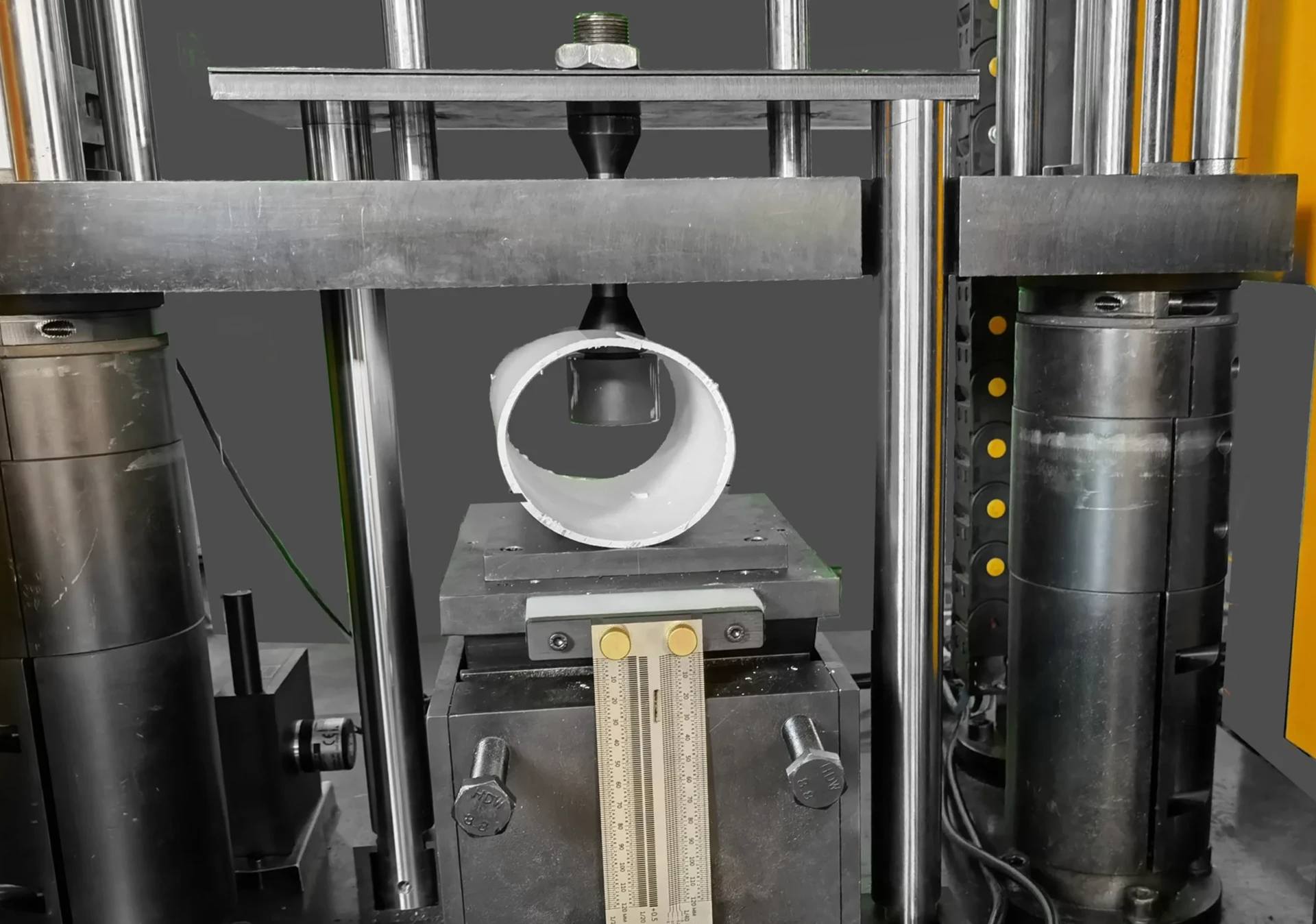ISTA 3H Parcel Handling Simulation
The ISTA 3H Parcel Handling Simulation is a crucial aspect of quality assurance in packaging design. This test simulates the package's exposure to the harsh conditions encountered during parcel handling and delivery, ensuring that packages can withstand the rigors of transportation without compromising their integrity or content.
In this simulation, parcels are subjected to a sequence of three consecutive drops from varying heights onto a steel plate. The test evaluates the impact resistance properties of packaging materials and designs by replicating real-world conditions faced during transit. This standardized testing method is widely used in industries like e-commerce, logistics, and transportation to ensure product safety and protect valuable cargo.
The ISTA 3H simulation is particularly relevant for packages that undergo multiple handling processes before reaching their final destination. It helps manufacturers identify potential weaknesses in packaging design early in the development cycle, allowing them to implement necessary improvements before mass production begins.
Understanding the test parameters and the specific challenges it presents can help quality managers make informed decisions about material selection and package design. For instance, understanding that the test involves three consecutive drops allows engineers to focus on designing packages capable of withstanding multiple impacts without failure. Similarly, knowing the drop heights (typically 1 meter for each consecutive drop) helps in selecting appropriate cushioning materials.
Another critical aspect is the choice of impact testing machines and associated apparatus used during the simulation. These instruments must be calibrated according to international standards such as ISO or ASTM guidelines to ensure accurate and consistent results. The use of high-precision equipment ensures that any defects in packaging are accurately identified, leading to more reliable products.
The acceptance criteria for ISTA 3H testing focus on the package's ability to protect its contents from damage after undergoing multiple drop impacts. Packages must pass visual inspection checks and meet specific criteria regarding internal acceleration levels, which are measured using accelerometers placed within the packages during the test sequence. Compliance with these standards ensures that the packaging meets industry expectations for safety and reliability.
By incorporating ISTA 3H into their quality assurance protocols, companies demonstrate a commitment to delivering safe products while reducing potential liability risks associated with damaged goods. This approach also enhances customer satisfaction by ensuring that deliveries arrive undamaged, thereby fostering long-term business relationships based on trust and reliability.
- Visual Inspection: Packages must pass visual inspection checks following the test sequence to ensure no visible damage or deformation.
- Internal Acceleration Levels: Internal acceleration levels within the package are measured using accelerometers during the test, ensuring compliance with predefined limits for safe transport.





